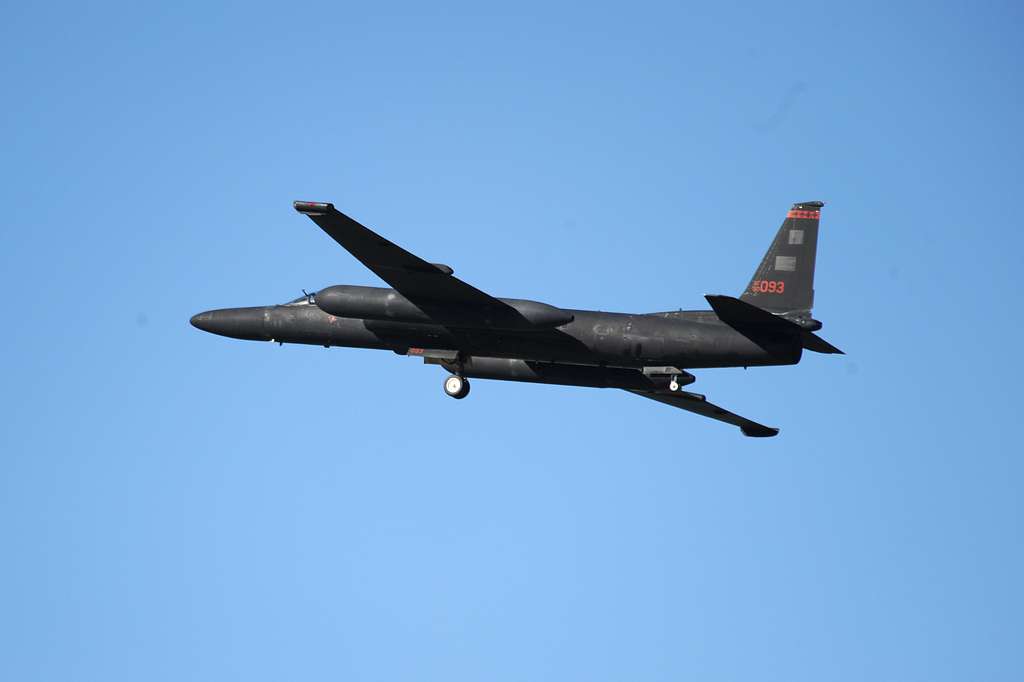Few aircraft have captivated both aviation enthusiasts and geopolitical analysts alike as the U2 spy plane. Touted as the zenith of Cold War aviation engineering, this high-altitude reconnaissance aircraft has played sentinel in the sky for over six decades. But while its surveillance capabilities are legendary, piloting the U2, fondly dubbed the ‘Dragon Lady,’ remains an intricate balance of engineering, skill, and sheer will. There are several reasons why this marvel of aviation is also notoriously difficult to command.
Firstly, the U2’s unique design is tailored for stratospheric altitudes. With its elongated wings and light frame, it’s constructed to soar at heights exceeding 70,000 feet. This is the realm of the edge of space, far above commercial airliners, where the atmosphere is incredibly thin. While advantageous for evading enemy radar, it comes at a cost. At such altitudes, the difference between the plane’s maximum speed and stall speed is alarmingly narrow, termed the ‘coffin corner.’ Venturing beyond this precarious boundary could lead the aircraft to either stall or disintegrate.
The U2’s spindly landing gears further compound its complexity. Unlike most aircraft which possess a tricycle landing gear arrangement, the U2 stands on two bicycle-style wheels, with auxiliary ‘pogo’ wheels jettisoned post-takeoff. Such an alignment demands pinpoint precision during landing, a task likened to “balancing a pencil on the tip of your finger.”
Additionally, the plane’s extraordinary operating height necessitates the pilot to wear a space suit, similar to what astronauts wear. This makes mobility a challenge, especially during the critical take-off and landing phases.
Yet, amidst these challenges lies the U2’s brilliance. Its exacting design, while challenging, offers unparalleled surveillance capabilities. The Dragon Lady’s cameras can capture high-resolution images of the ground, even while cruising at its formidable operational altitude.
While the U2 spy plane embodies high-altitude prowess and reconnaissance mastery, its design nuances render it a demanding, maneuverable vessel. From grappling with the coffin corner to mastering landings on two wheels, pilots of the Dragon Lady face a suite of challenges. However, in overcoming these ground realities, they command one of the most iconic aircraft in aviation history, underscoring the symbiotic dance between human skill and engineering excellence.
For more insights into the AH-1 Cobra Helicopter and other important military aircraft, visit Aces In Action. Here, you’ll find an amazing piece of artwork by Craig Tinder titled “Centaur Cobras,” which illustrates the crews in Vietnam who flew the Bell AH-1 Cobra Gunship. The limited edition canvas print even includes an actual relic from an AH-1 Cobra Gunship.
Mach 3.2 – SR-71A Blackbird Aviation Art by Craig Tinder
SR-71A 61-7953 conducts a high altitude test of her newly installed electronic countermeasure system on 18 December 1969. With a top speed of Mach 3.2 (2,000 mph) and an operational altitude of 85,000 feet, the SR-71 Blackbird could fly from New York to London in just 1 hour and 54 minutes. Without any defensive capabilities, the SR-71 relied on speed alone to outrun enemy threats. In total, 32 SR-71s were produced without a single aircraft lost to enemy action.


